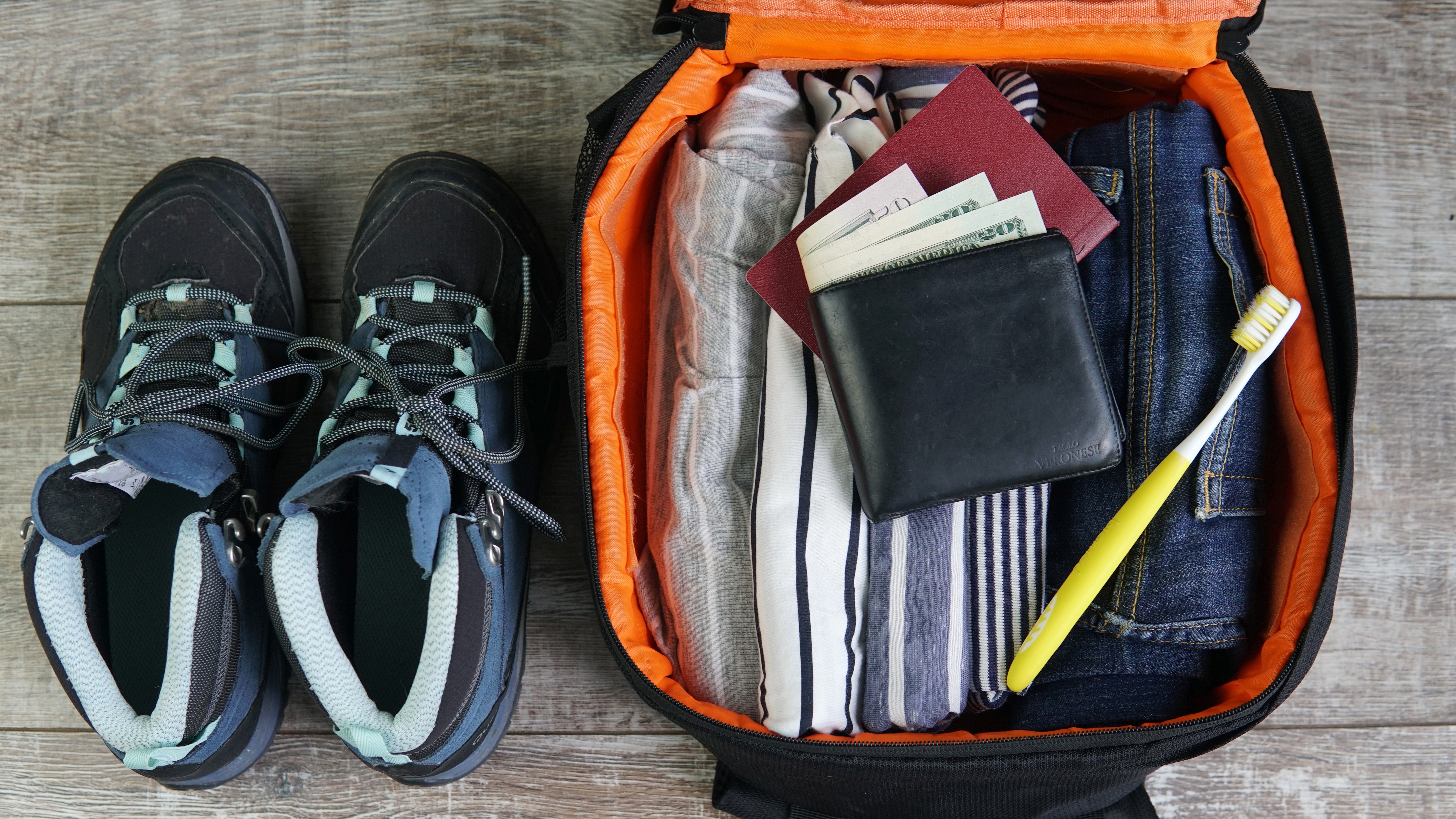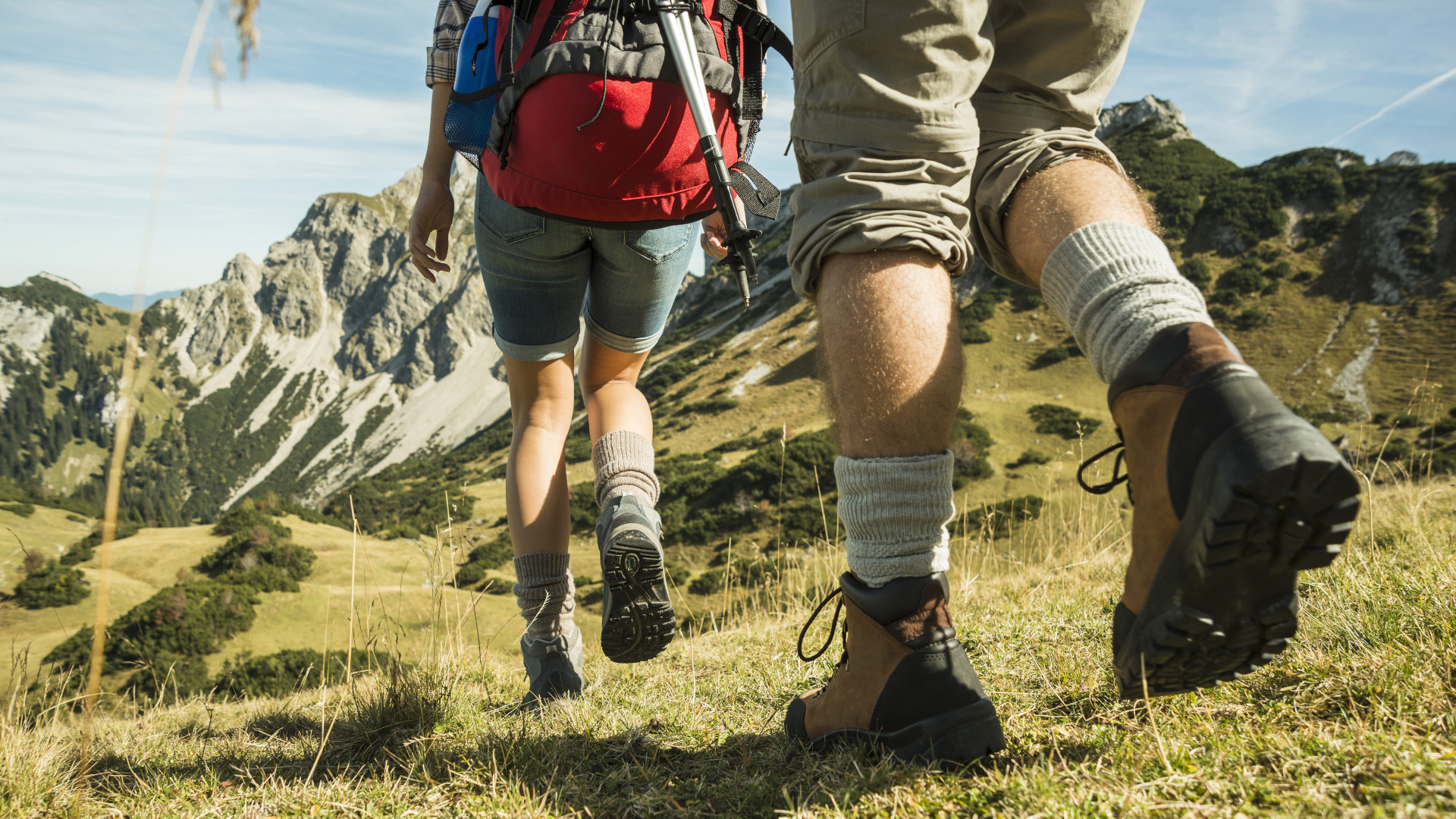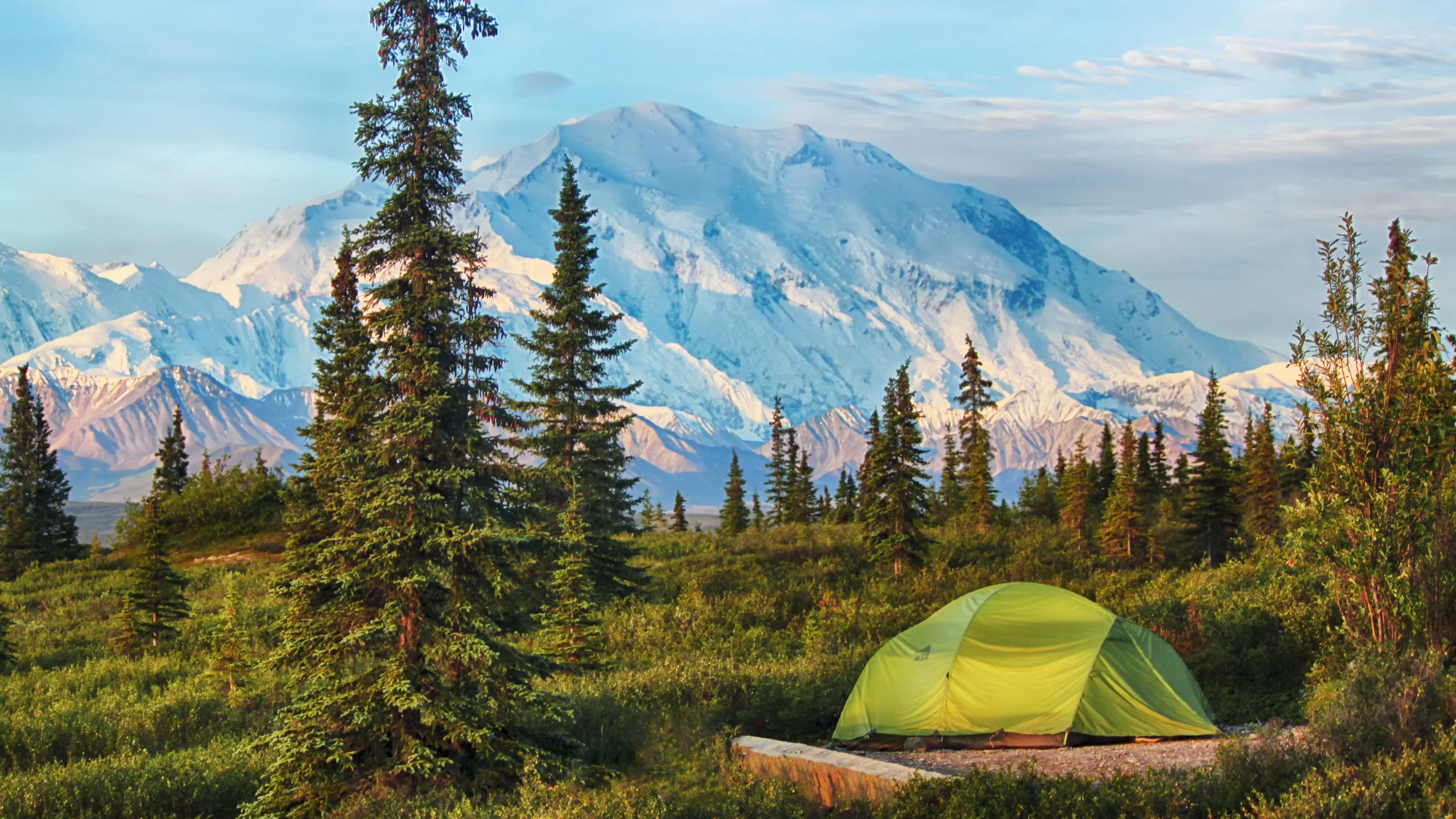
Should you bring your wallet backpacking? It certainly seems a bit silly. Unless you’re hiking up Mount Snowdon, you’re not likely to find a cafe at the top where you might want a little cash for a cup of coffee and a cake. Plus, if your wallet is anything like mine, it’s bulky and heavy.
When you’re looking to drop as much weight as possible on a backpacking trip, the last thing you want to be lugging around is your George Costanza-style billfold that’s crammed with old receipts, saver cards and god-knows-what-else. Then you’ve got the fact that your wallet is also often filled with things you’d probably rather not lose, like money, credits cards and IDs – do you really want to risk leaving all of that on a mountain top? Well, as I’ve learned from experience, you can probably leave behind previous photos of your kids, but there are some items in your wallet that you’ll want to carry with you, even when you’re venturing into the wild wearing your best hiking boots.

First and foremost, it’s a good idea to carry some form of ID with you on a backpacking trip, and not just so you can get served a cold brew when you’re taking a break from the heat and there’s an eagle-eyed bartender manning the pose.
“So they can identify our bodies,” my friends and I used to laugh nervously when we were setting off on a backpacking trip in Colorado. It’s a little dramatic, and yes, obviously you hope that it doesn’t come down to that, but there are times when you might want to have an ID on your person. If you suffer a medical emergency, for example, it would be useful for those who are helping you to be able to find out who you are quickly and notify your emergency contacts.
On a less bleak note, if you’re on a thru-hike and inclement weather drives you off the trail seeking a dry room and a warm bed for the night, you’ll usually need a valid ID to check in these days. So you’ll definitely want to carry your driver’s license or another form of identification.

Next up, I always carry one credit or debit card. I know, it seems pointless when you’re going to be in the wilderness, but it’s often in the getting to and from your trail that it will come in really handy.
As an example, I recently attended a presentation by two mountaineers at the Arc’teryx Alpine Academy in Chamonix. They had climbed Mount Denali and skied down the south face. From there, it was a 50 km trek to the bus stop to get home. They skied about 15 km on a glacier, then switched to their trail running shoes and bushwhacked their way across Denali National Park, crossing raging rivers and fighting off hordes of mosquitoes as they went. Incredibly, they made it with minutes to spare, but when the bus rolled up, the driver wanted them to produce tickets which they had yet to procure. Another time when having the means to pay their way came in very handy (although I suspect they just charmed the bus driver with tales of their epic adventure).
You always set off into the wild with notions of taking a complete break from all modern conveniences, but any number of situations, from a sprained ankle to flash flooding, can mean you really want to be able to hop on a bus or train, call a taxi and pay for a room. If your hike is taking your through any National Parks, you might want your card to pay the entrance fee. I recommend bringing a card that has a very low contactless limit, just in case it does get stolen.

Next up, I know it’s a little old fashioned these days, but I always carry a small amount of cash, up to around $40. Not so much that it will ruin my day if I lose it, but enough that I can grab a hot tea or snack if I happen to stumble across a magic van on the way. For example, when I was backpacking the West Highland Way, there's a long stretch along the banks of Loch Lomond where you don’t pass any small towns for about 20 miles. Near Rowardennan, however, is an unmanned stall where you can grab soft drinks, cakes, bags of chips and other snacks and leave money in an honesty box. I know, I didn’t need that brownie, but I sure was glad I had a little cash to grab one and eat on the beach. On a more practical level, it’s amazing how often you find yourself needing a little cash in the backcountry for a permit or campsite, too.
Finally, if you’re hiking in the US, it’s a good idea to carry your health insurance details, whether you’re a resident and carrying your regular insurance card or visiting from abroad and using travel insurance. Hiking and backpacking can be dangerous business, and if you do end up needing medical assistance, things will go a lot smoother if you can provide your insurance details up front.

What kind of wallet should you bring backpacking?
If your usual wallet is the typical bulky, leather affair, it might not be ideal for backpacking. It might add unwanted weight unless you remove almost everything in it, and then you might find that your cards rattle around inside it, while you’re also more at risk of misplacing the items you removed. Also, it might be quite a nice wallet that you don’t want to end up covered in mud and soaking wet.
For those reasons, it’s best to remove only the items listed above and leave your wallet somewhere safe at home, and not in your car at the trailhead where it could get stolen. Instead, you can go for the budget-friendly approach and secure all of your items in a small, sealable plastic bag or you can spend a little money get yourself a hiking wallet. This Sea to Summit Travelling Light Travel Wallet is super lightweight and water-resistant, and has enough room to store everything you want to bring.
Once your wallet is loaded up, it’s best to secure it to your person rather than just chuck it in your backpack. If you hike and travel wearing a money belt, put all your items in there. Otherwise, you might want to hike wearing a fanny pack, so that even when your backpack comes off, your money and cards stay secured to you. Alternatively, you can make sure your wallet has a loop and use a small carabiner to attach it to your belt loops or jacket pocket so it can’t get lost but doesn’t get in your way when you’re scrambling.







